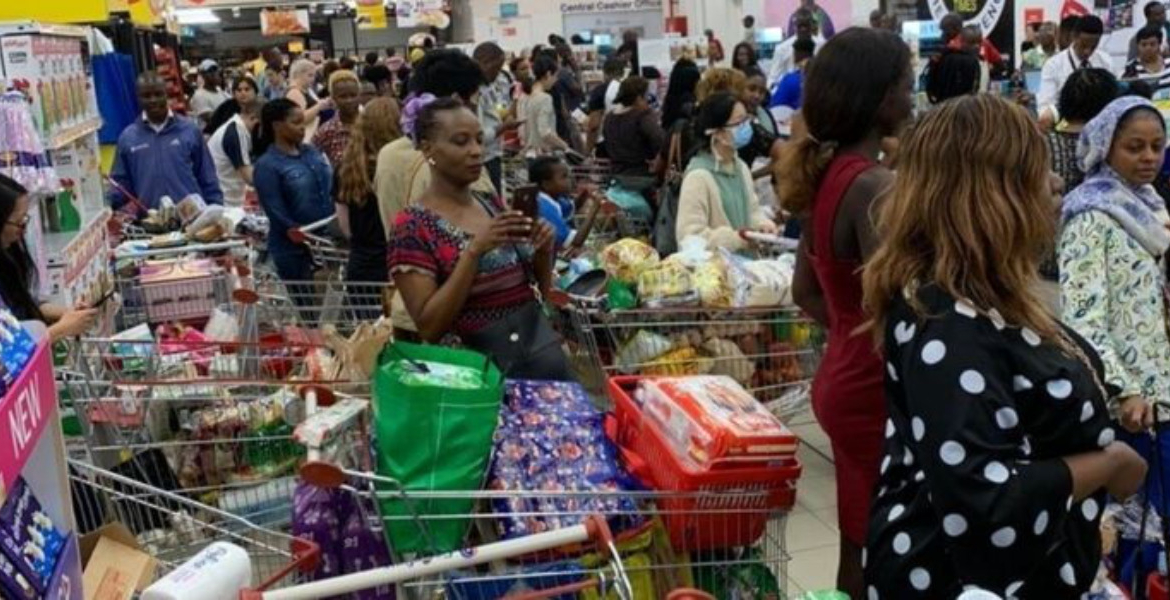Kenyans Warned to Brace for Increasing Food Shortages in Coming Months

Over two million people in Kenya are expected to face acute food insecurity between October and December 2025, as poor rainfall, reduced international aid, and widespread food losses strain national food systems.
According to the Integrated Food Security Phase Classification (IPC), nearly 180,000 people are already experiencing emergency levels of hunger. Counties including Mandera, Isiolo, Garissa, and Baringo are among the worst affected, with children and pregnant women facing the highest nutritional risk.
The IPC estimates that more than 740,000 children under the age of five are suffering from acute malnutrition, alongside nearly 110,000 pregnant women who cannot meet their basic dietary needs. The crisis is intensifying amid a reduction in foreign assistance, particularly following cuts to US-funded food aid.
This comes as the Kenya Meteorological Department forecasts below-average and poorly distributed rainfall between October and December, with much of September expected to remain dry. The expected failure of the short rains is likely to severely impact crop production, particularly in semi-arid regions that depend on subsistence farming.
Maize, a staple food for many Kenyan households, remains especially vulnerable to poor weather conditions and post-harvest losses. Limited yields are already driving up market prices, putting further pressure on low-income families.
At the same time, food waste continues to undermine national food security. A new report by World Resources Institute (WRI) Africa shows that Kenya loses nearly 40 percent of its food production each year, equivalent to around 9 million tonnes of food, valued at approximately Ksh72 billion.
Most of this loss occurs before the food reaches consumers, with key crops such as maize, potatoes, fruits, and fish among the most affected. Mangoes face particularly high losses, with more than half of the annual production wasted due to poor handling and inadequate storage.
These losses directly affect farmers’ incomes and limit access to affordable food for consumers. They also present a challenge to government efforts to stabilise food supply and plan effectively in the face of climate-related disruptions.
The WRI report recommends several reforms, including investment in cold storage facilities, hermetic storage bags, and improved data collection. It also calls for training programmes to help farmers reduce post-harvest losses, and the establishment of food recovery and redistribution initiatives to supply surplus produce to food-insecure areas.
The report highlights the need for greater public awareness and institutional coordination to address the issue. It estimates that if Kenya manages to cut food waste by half by 2030, the country could feed an additional seven million people each year and save up to Ksh36 billion annually.





Add new comment